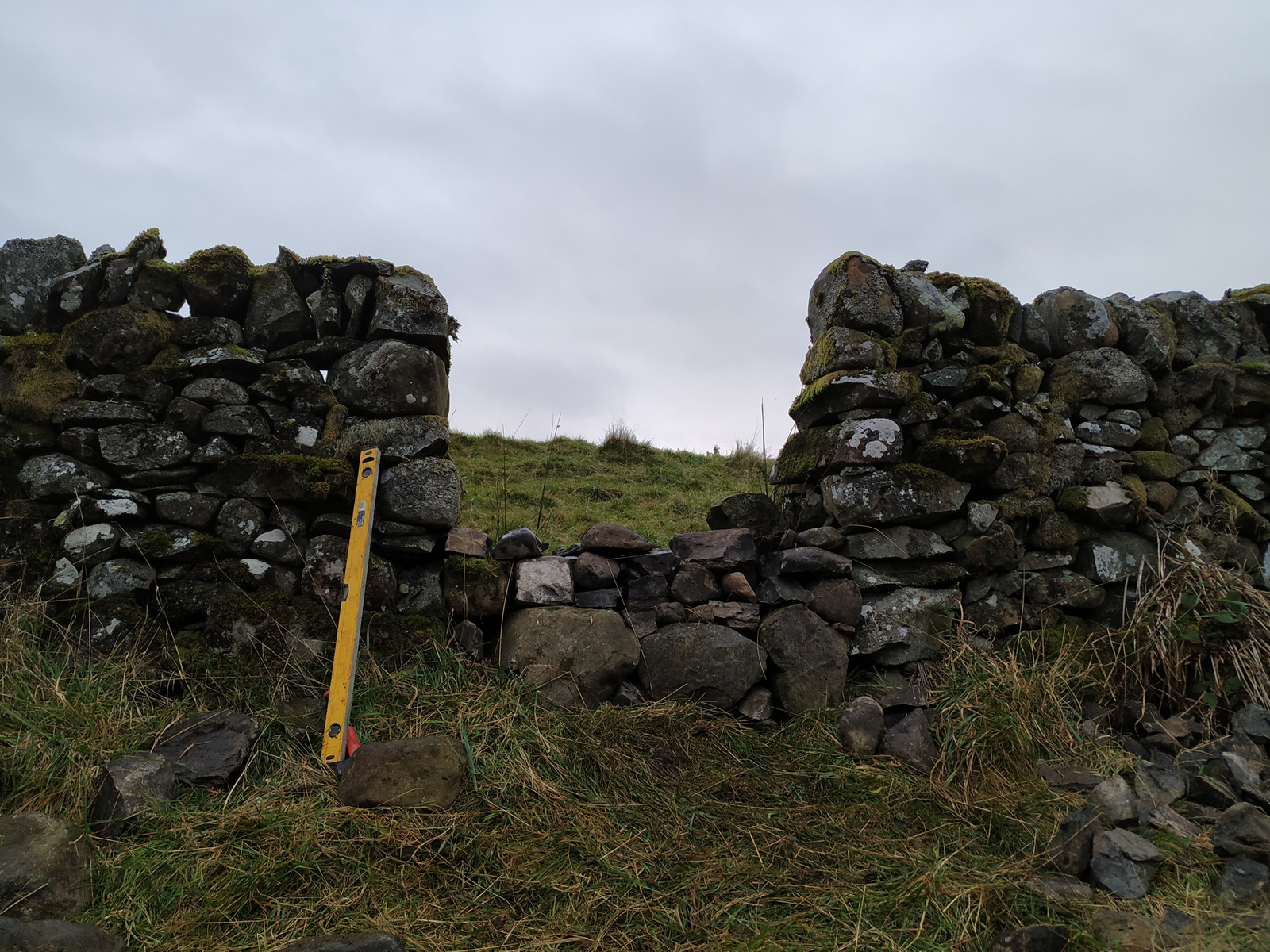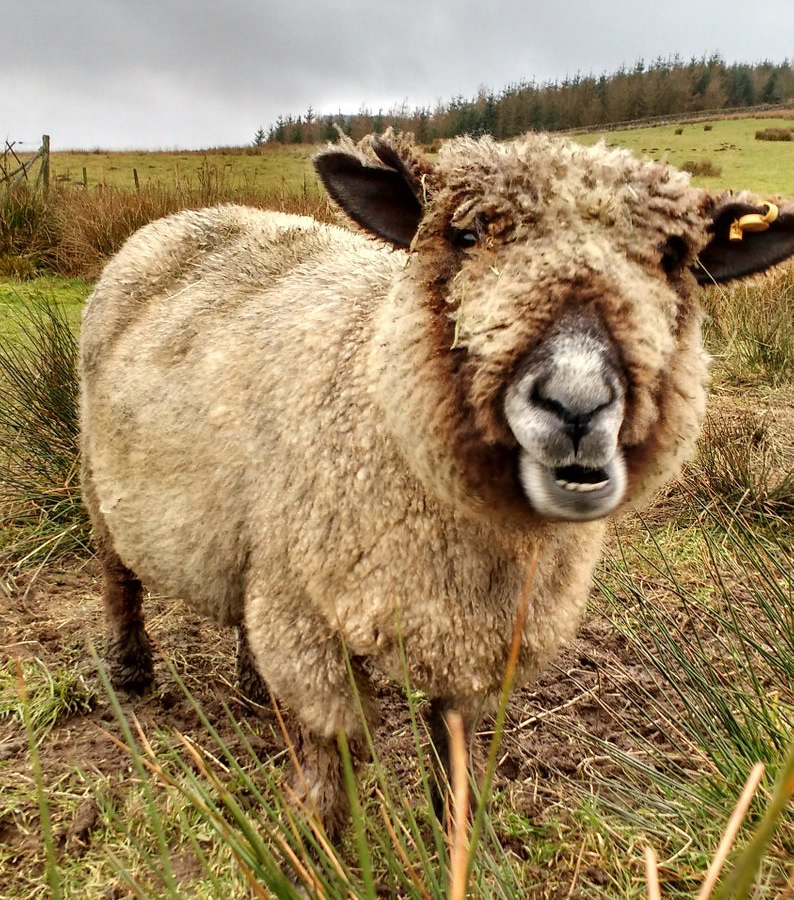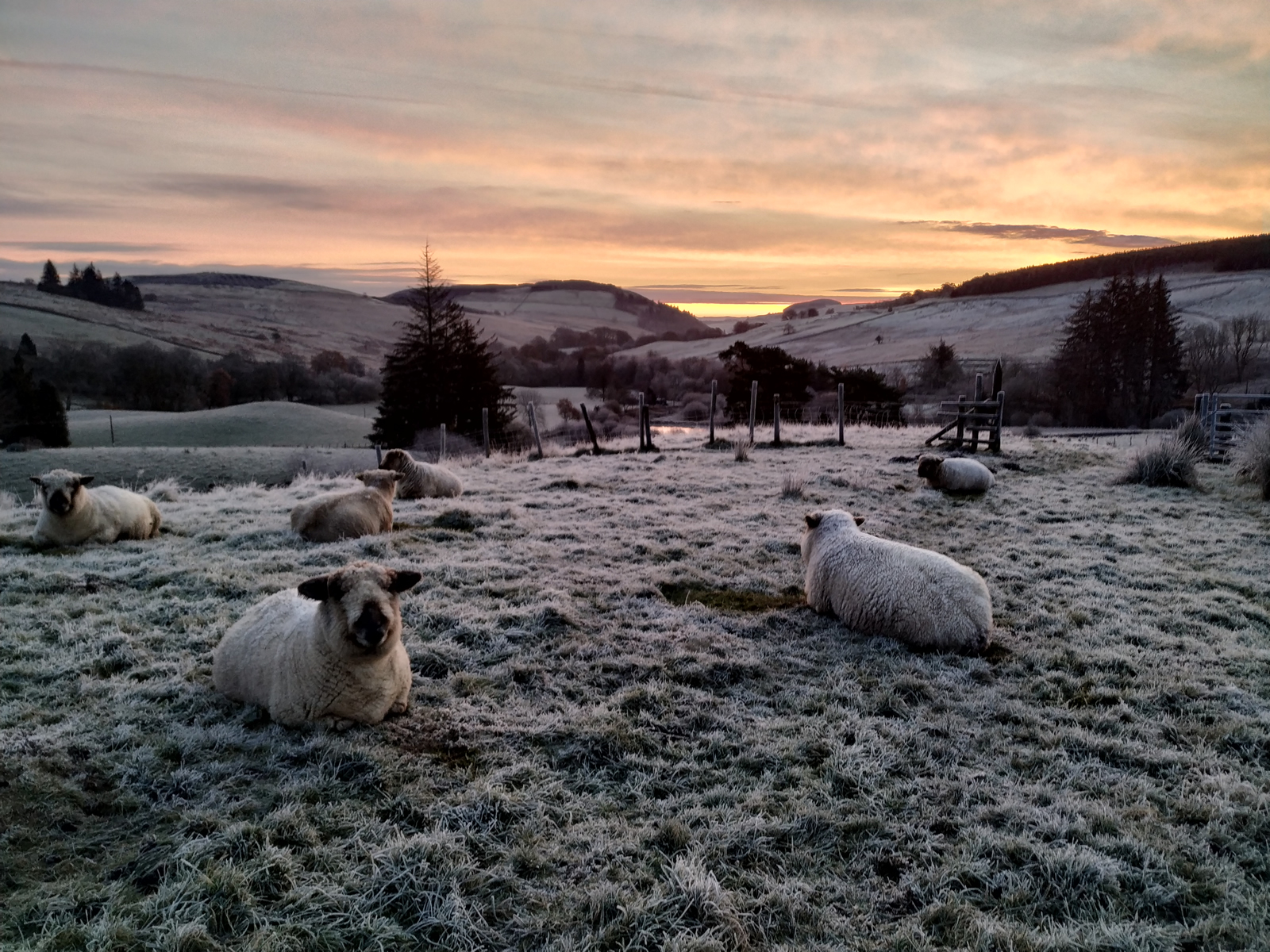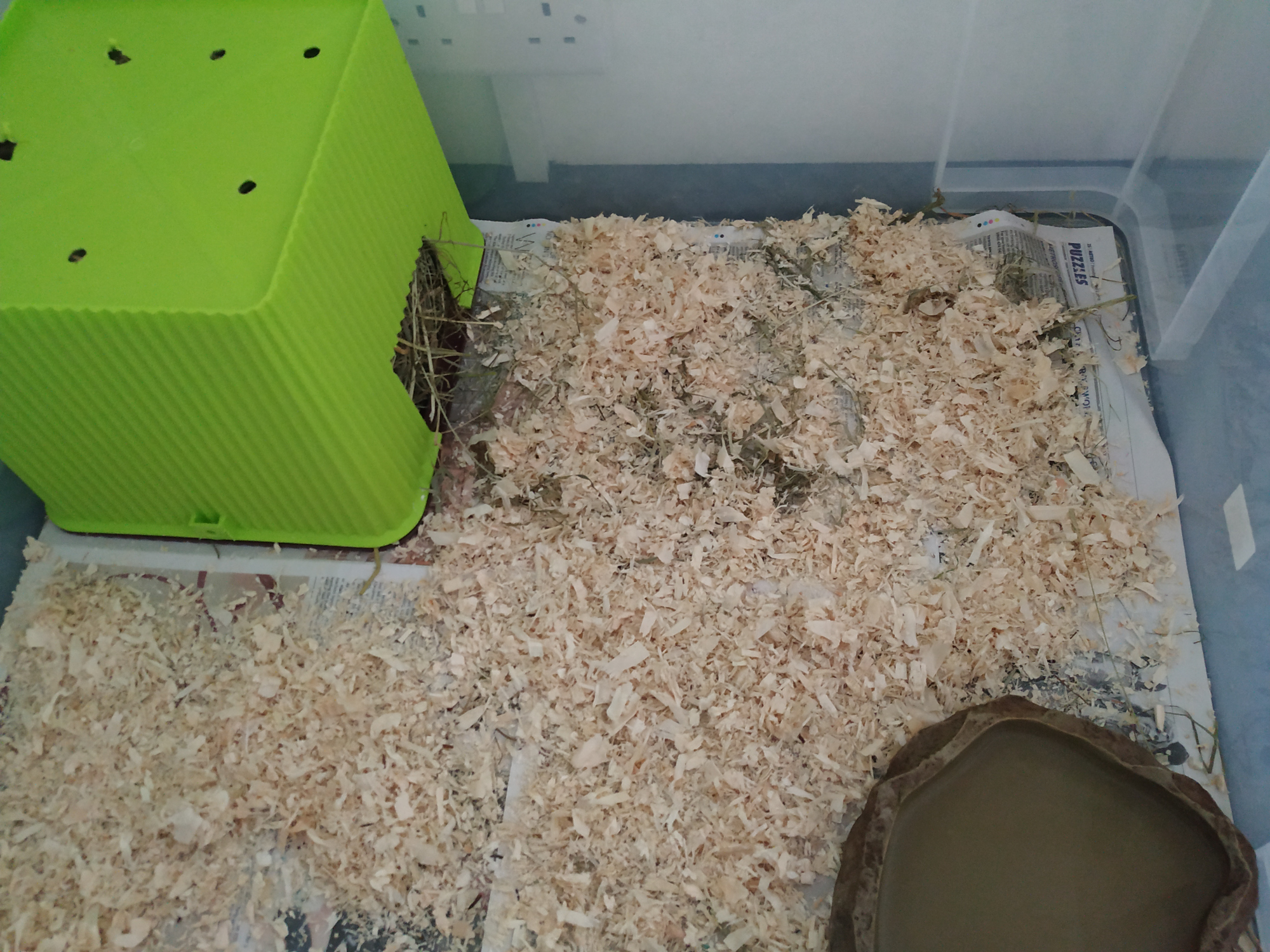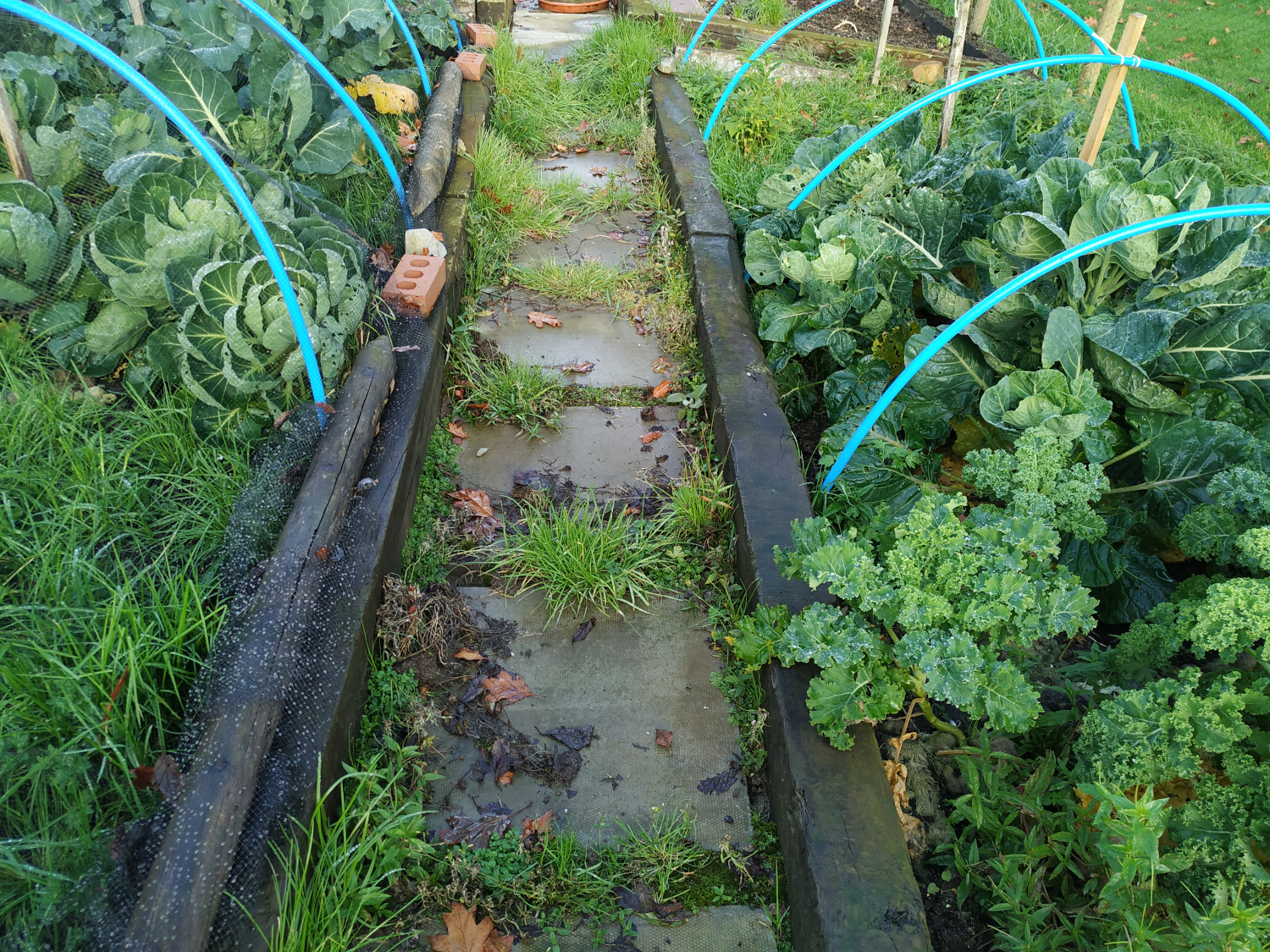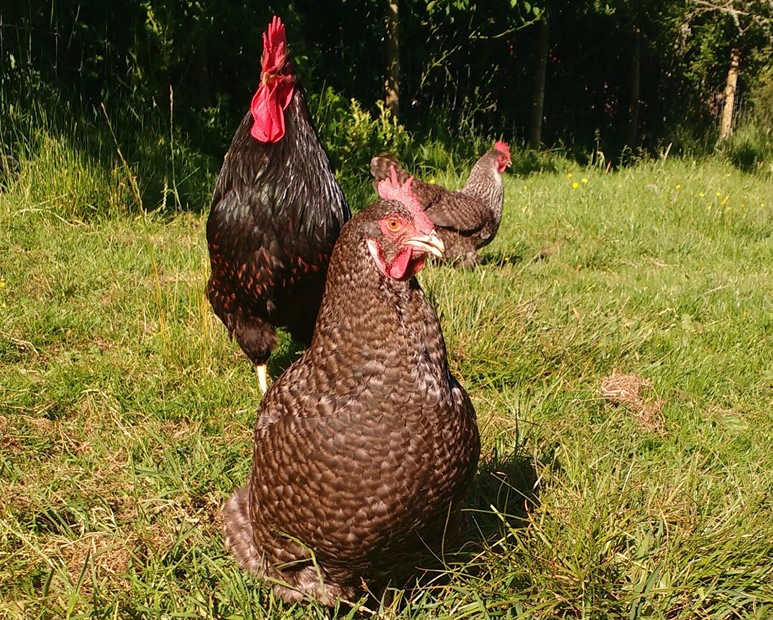
As the new year gets underway, one of the first tasks to be done was to plant the trees I had bought in the autumn. Each year, we buy bare root trees which are planted during the winter months. While we already have quite a large area of woodland, you can never have too many trees. As well as creating excellent wildlife habitats, they provide interest and also, hopefully, some winter wood. We have planted a lot of hazel which is a tree that benefits from coppicing. The plan is to used the coppiced wood to keep us warm in the winter (rather than the oil central heating).
 The planting itself took a bit longer than normal as there are a lot of stones round here. More often than not, the spade would hit a stone a few centimetres down. This meant a lot of probing around to find a gap so as to make a hole deep enough for the roots.
The planting itself took a bit longer than normal as there are a lot of stones round here. More often than not, the spade would hit a stone a few centimetres down. This meant a lot of probing around to find a gap so as to make a hole deep enough for the roots.
It was also quite wet. We have had a lot of rain and some areas just soak up the water coming off the hills. Fortunately, we had bought hardy trees used to damp, Scottish weather, so hopefully they will thrive. The really wet areas we’ll let willow self seed. Also, I had a new pair of wellies which was just as well as the old ones had sprung a leak.
Last year, we planted about 50 trees. This year I got a bit carried away and bought 140 trees. More work, but it’s worth it.
 We have added the trees to three areas, down near the bottom of our patch (top photo) and then bordering a large area that we have earmarked as a wildlife area.
We have added the trees to three areas, down near the bottom of our patch (top photo) and then bordering a large area that we have earmarked as a wildlife area.
At the same time, I rescued two oak trees from our fields. Oak is poisonous to sheep so it’s not a good idea to have them in the pasture. They probably won’t eat the leaves, but the acorns could prove tempting.
The cows, however, helped themselves and both trees show the signs of major cow damage. Now, away from nibbling teeth, they should thrive.
Now, it’s just about watching them grow.
#treesplanting #woodland #scotland #rurallife #wildlifefriend
